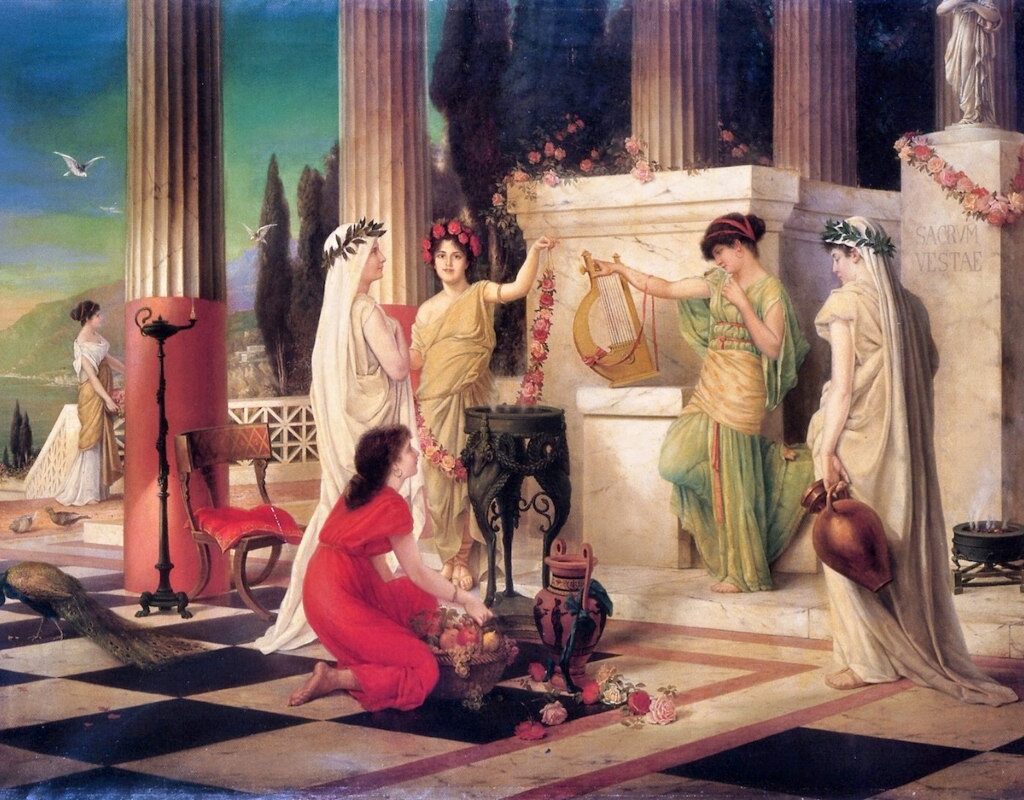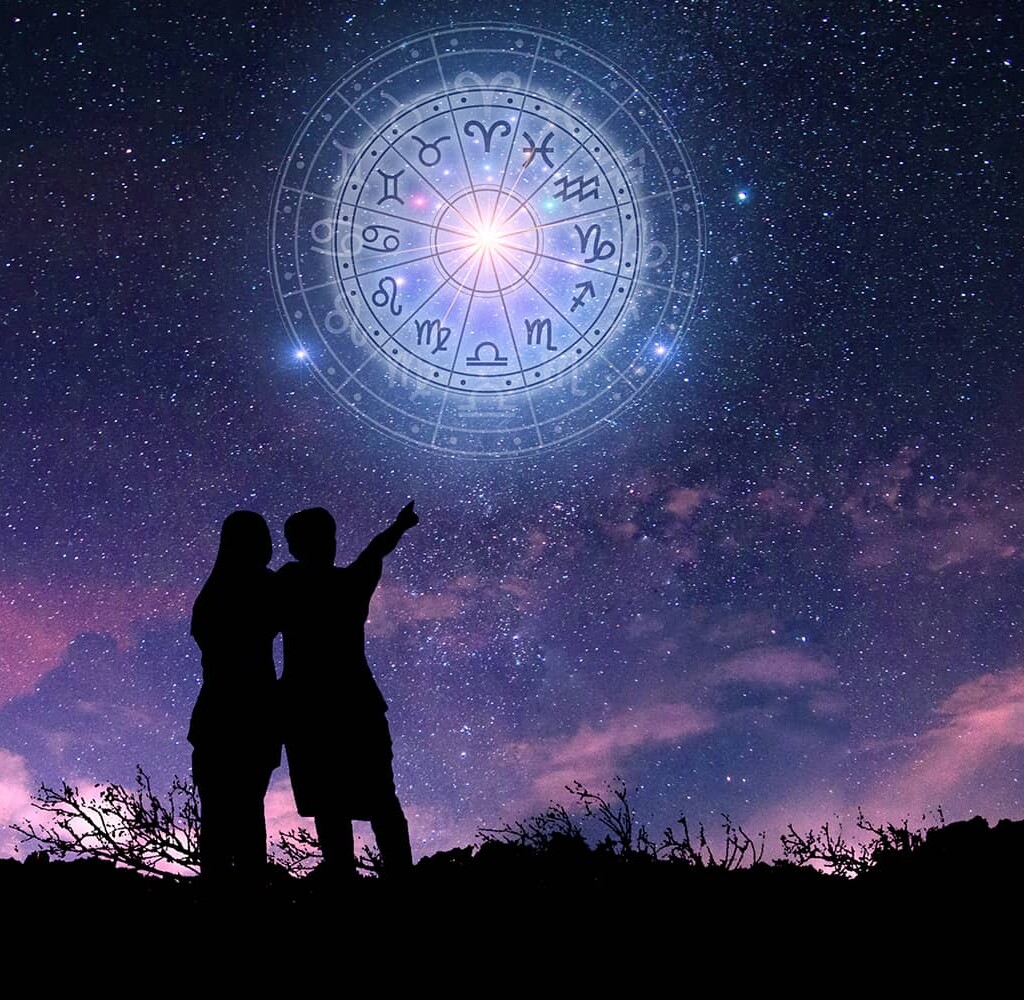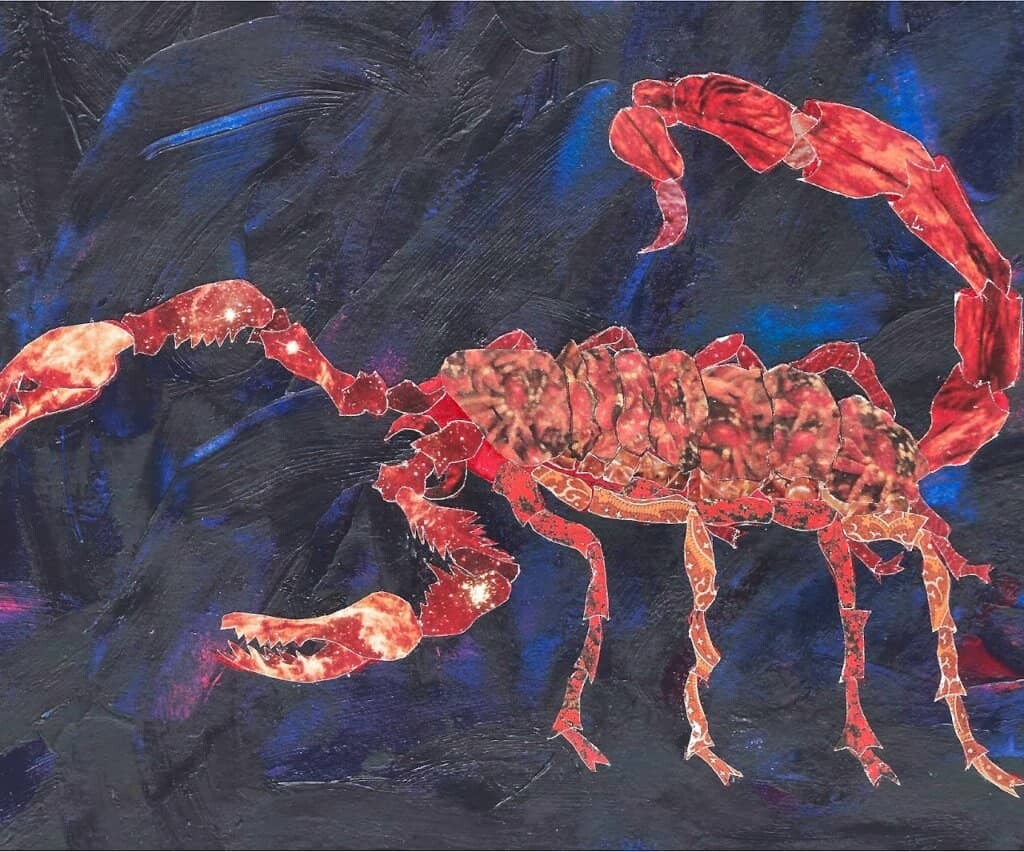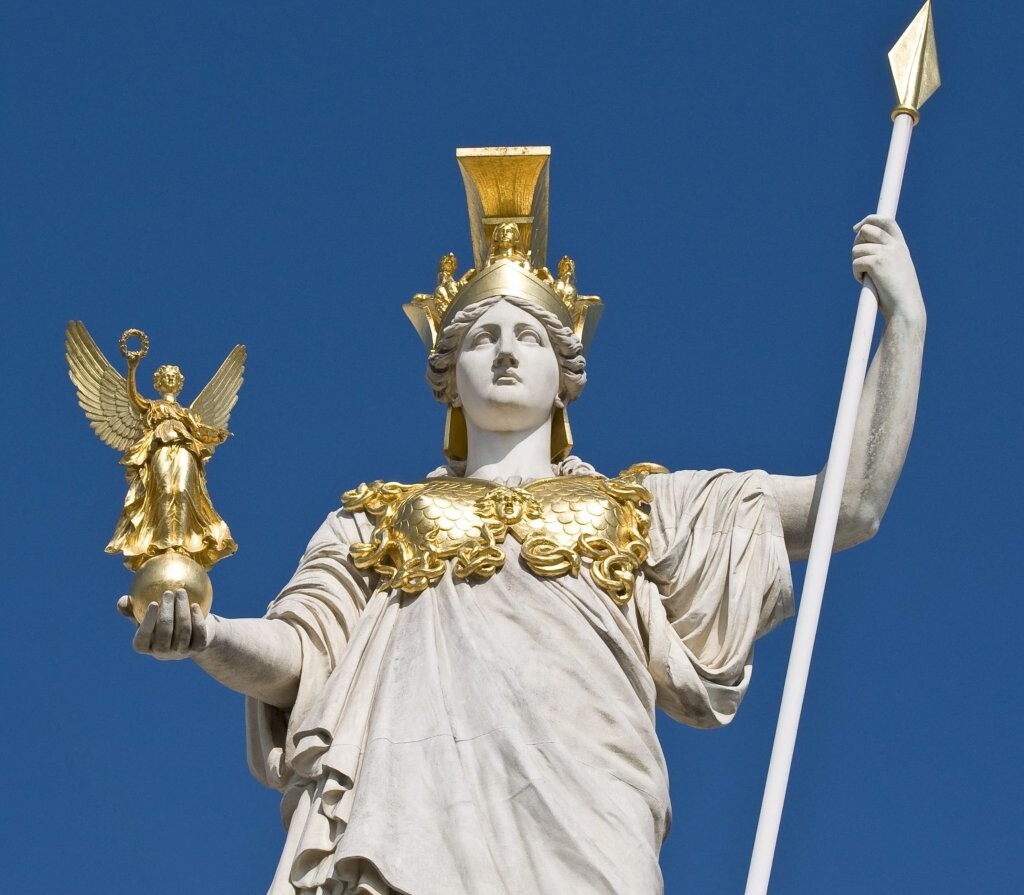Explore the fascinating world of the asteroids Ceres, Juno, Vesta and Pallas, and how these heavenly bodies reveal unique dimensions of feminism in astrology. From motherhood to sexuality, professionalism and the fight for equity, these figures provide an enriched vocabulary of femininity.
Ceres, Juno, Vesta and Pallas: Asteroids and the Revelation of the Feminine
In the early 19th century, in the span of just five years (1801-1806) four heavenly bodies were discovered. Back then, they were considered planets but their size and shape ultimately dictated their categorization as asteroids.
These astral bodies were named after four main Greek goddesses of Olympus: Ceres (Demeter), Juno (Hera), Vesta (Hestia) and Pallas (Athena).
Each of these names embodies different dimensions of feminism, offering a more nuanced view of the feminine than that provided by the Moon and Venus. The study of these asteroids and their influence has become more prominent since the 1970s, enriching the interpretation of astrological charts.
Ceres (Demeter): Universal Symbol of the Mother
Ceres is the symbol of the Great Mother and the Goddess of Agriculture. Its mythological story is based on its struggle against patriarchal cultures, and its name is associated with the signs of Cancer, Virgo and Scorpio.
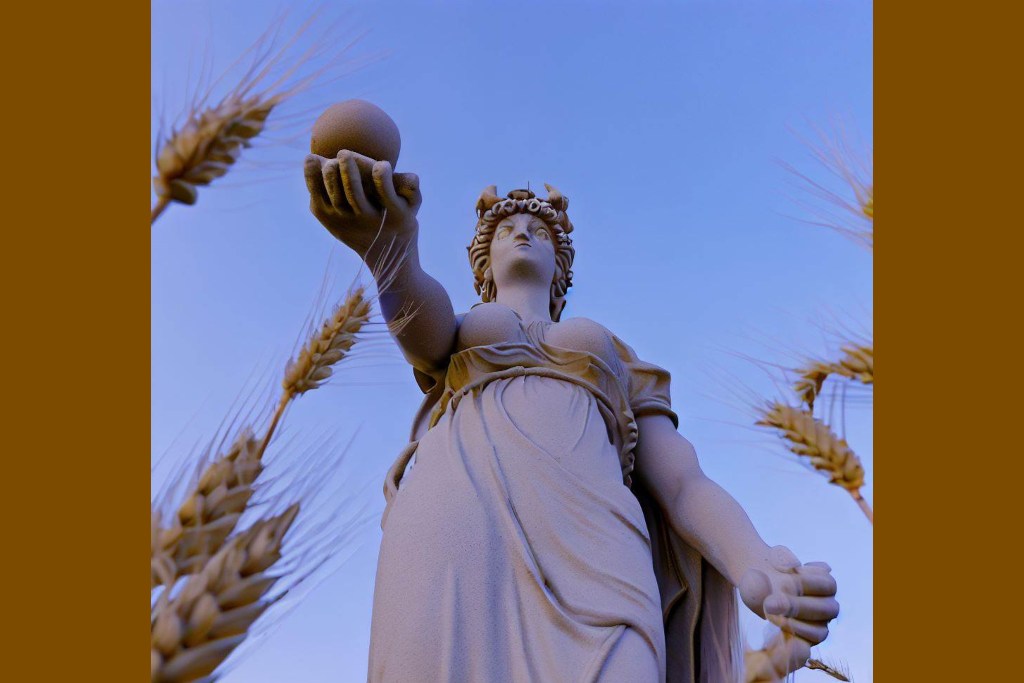
Ceres is identified with universal love and nutrition, both physical and spiritual. It is associated with nutrition and care and with dietary disorders such as bulimia and anorexia. Ceres is the mother who must separate herself from her children when they grow up, an archetype that can generate conflicts and emotional challenges.
In the modern world, Ceres reign supreme over hospitality organic farms and food in general.
Juno (Hera): Archetype of the Wife
Juno, like Ceres, is the daughter of Saturn and Rhea. However, Juno marries Zeus and becomes the wife’s symbol.
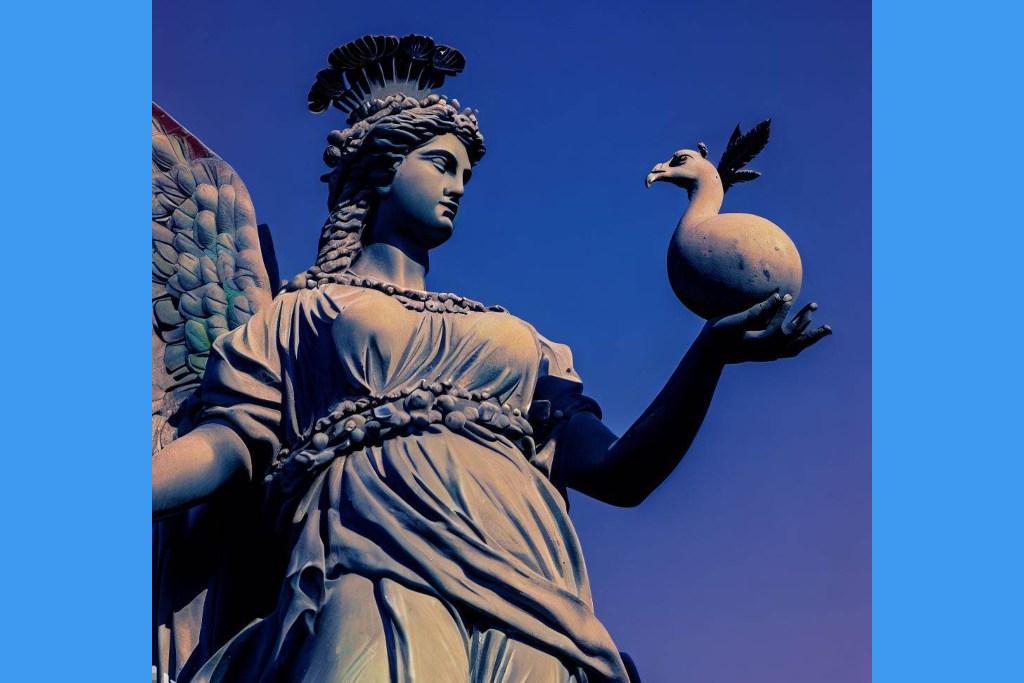
Juno epitomizes the stormy relationship and power conflicts that can arise in a marriage. Associated with the signs of Libra and Scorpio, their attributes are related to pathologies that can arise from personal relationships such as sadomasochism, jealousy, revenge, infidelity, sexual power games and deception.
Vesta (Hestia): Spiritual Sexuality
Vesta, the eldest daughter of Saturn and Rhea is the antithesis of Venus. It is associated with limitations, commitment, seriousness and abstinence from pleasure.
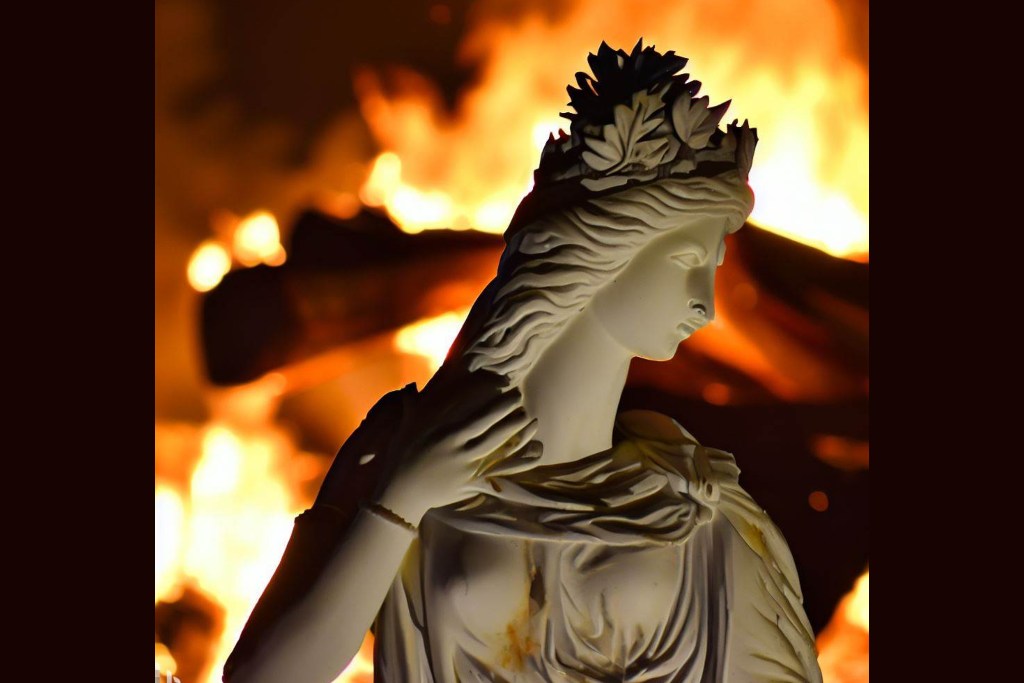
Vesta represents sexuality in its most spiritual form and its constant search for communion through the sexual act. It is associated with the signs of Virgo and Scorpio. In the present, it can be related to figures such as yoga teachers, meditation practitioners and tantric sexuality.
Pallas (Athena): The Creative and Independent Woman
Pallas is the symbol of creative, independent and self-confident women. Born without a mother from the head of Zeus, she is a respected figure seen as an equal among male gods.
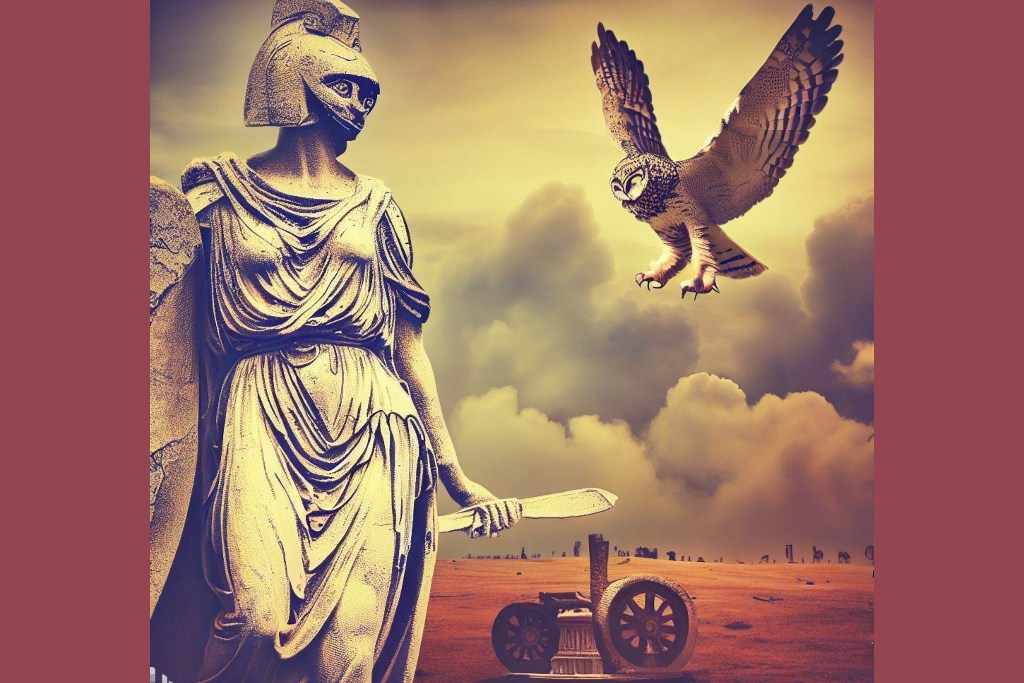
In the modern world, Pallas represents professional women who prioritize their careers and destiny over personal relationships. Associated with the signs of Libra and Aquarius, Pallas incorporates problem-solving skills, vision, intuition, curiosity and ingenuity.
These female deities and the asteroids that bear their names allow us to understand and address the multiple facets of feminism in astrology. As women, we can identify with different aspects of these archetypes and better understand our nature and our place in the cosmos.
Asteroids in the 21st Century: A Modern Approach to Feminism and Empowerment
The themes and archetypes associated with these asteroids resonate in the modern context. We could explore how the challenges and experiences represented by Ceres, Juno, Vesta and Pallas are reflected in the experience of women today.
For example, Ceres’ fight against patriarchal cultures and her role as a mother who must separate herself from her children may have echoes in the experiences of women who struggle to balance motherhood with professional demands in a world that is still grappling with patriarchal structures.
The representation of Juno as the wife and the power conflicts that can arise in a marriage are reflected in contemporary discussions about couple relationships, gender equity and power dynamics.
Vesta and its association with spiritual sexuality and abstinence from pleasure resonate with women who are seeking a more holistic and conscious approach to sexuality.
And finally, Pallas, as a symbol of creative and independent women represents women who are breaking barriers and challenging traditional gender expectations in their search for autonomy and professional success.
It would be interesting to examine how the appearance of these asteroids and the attribution of these names of female goddesses to heavenly bodies reflects a change in the understanding and appreciation of the feminine in society and in science.

